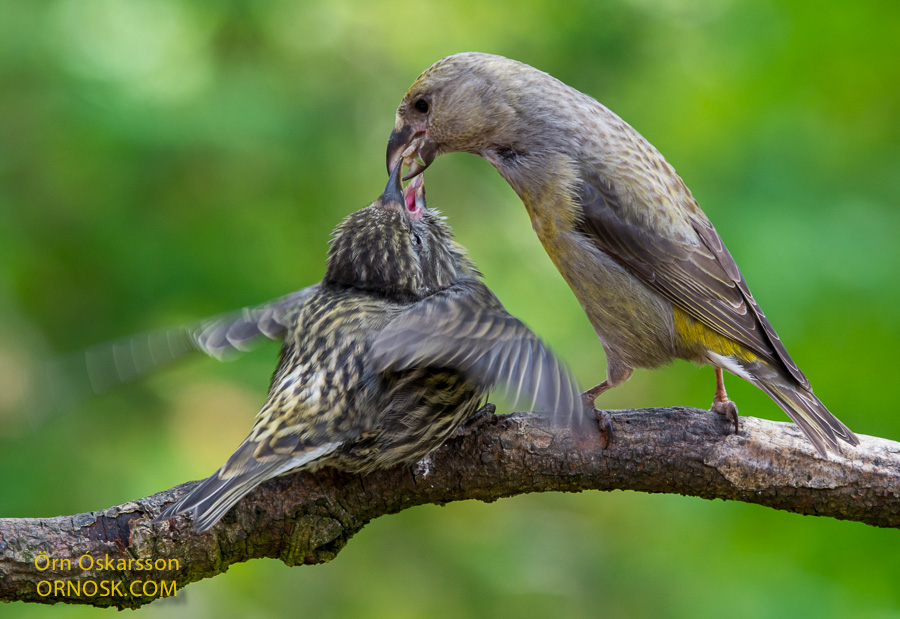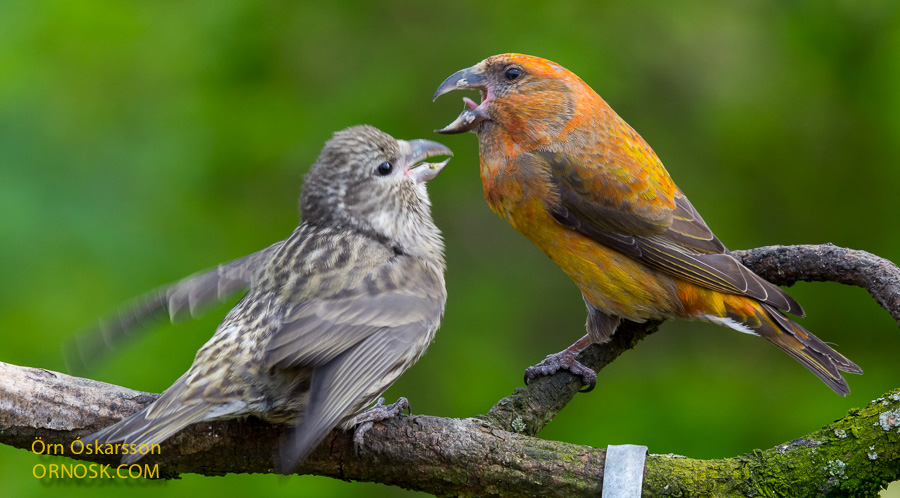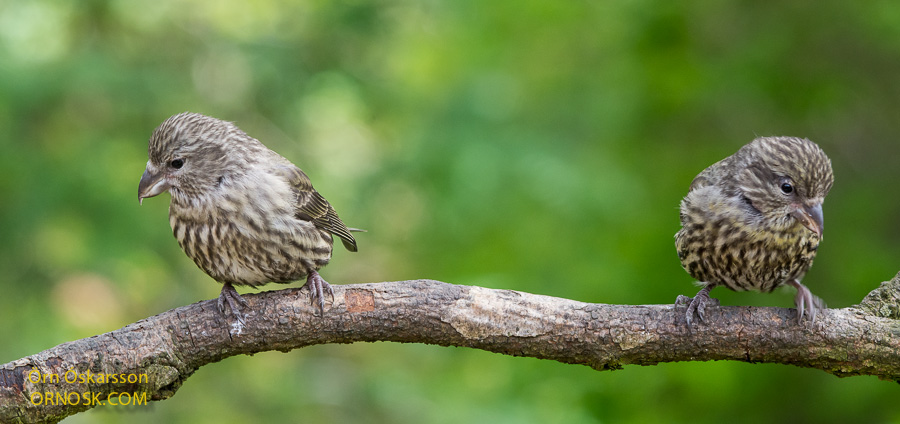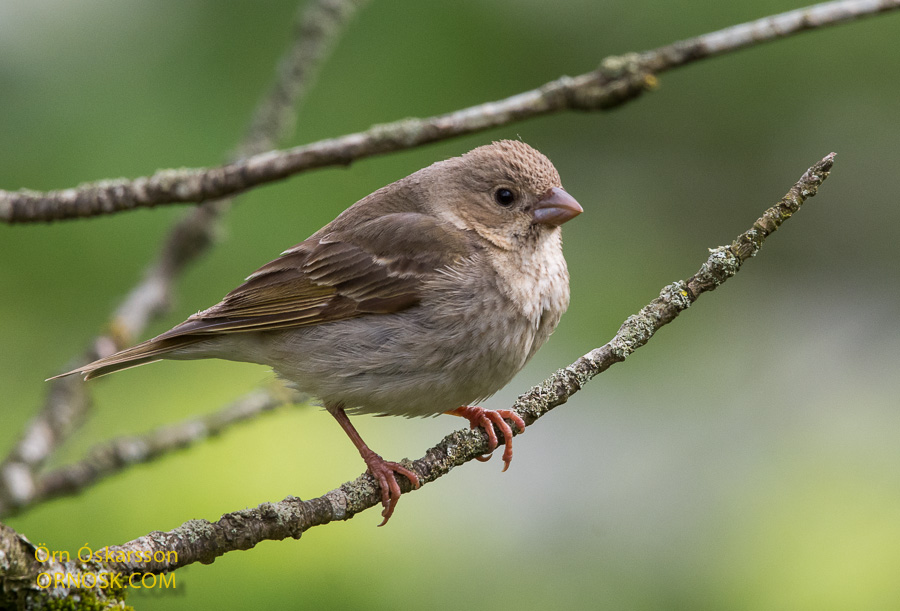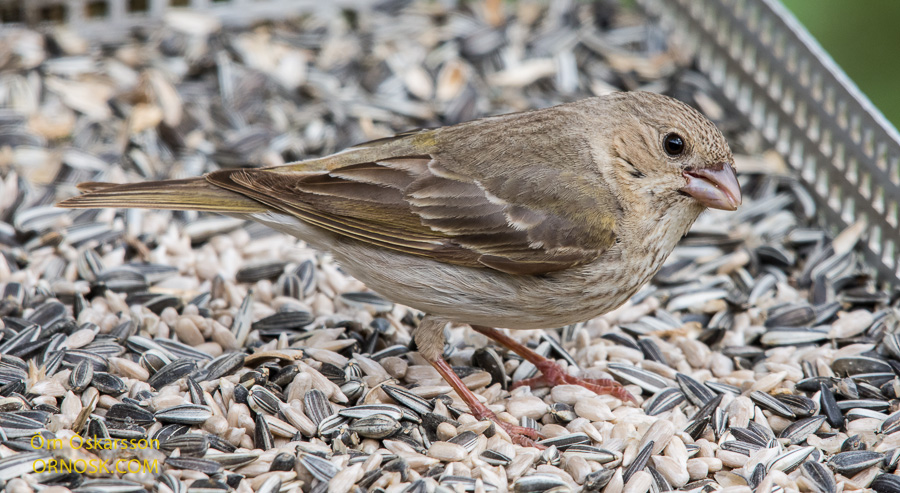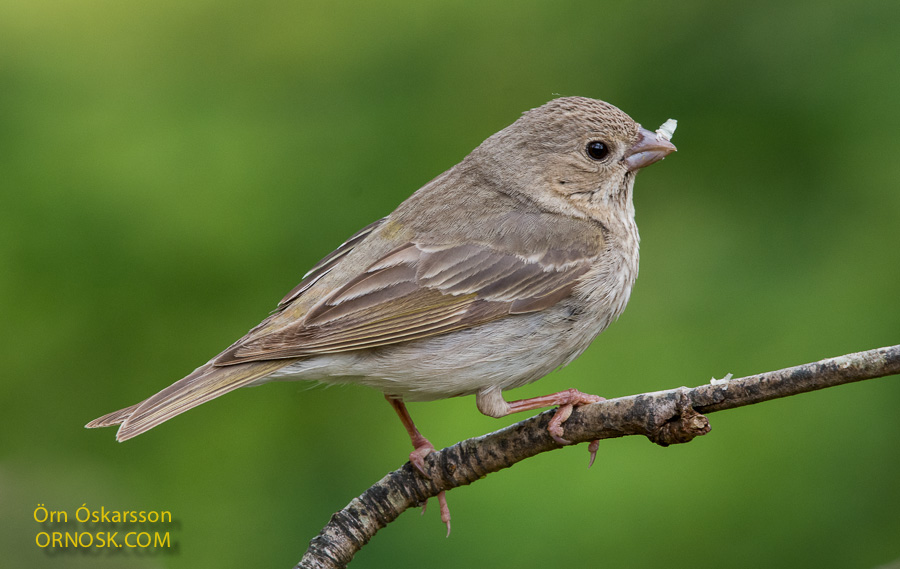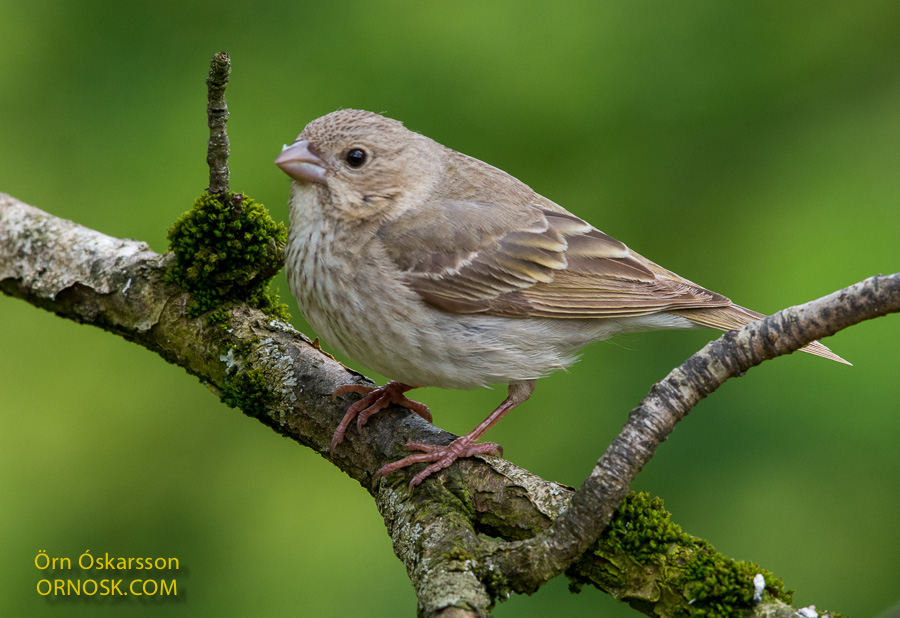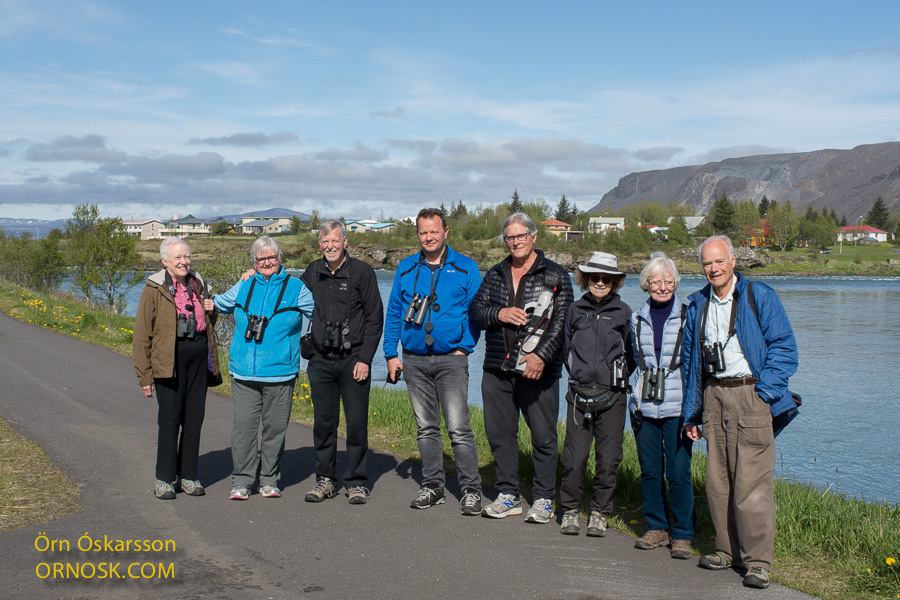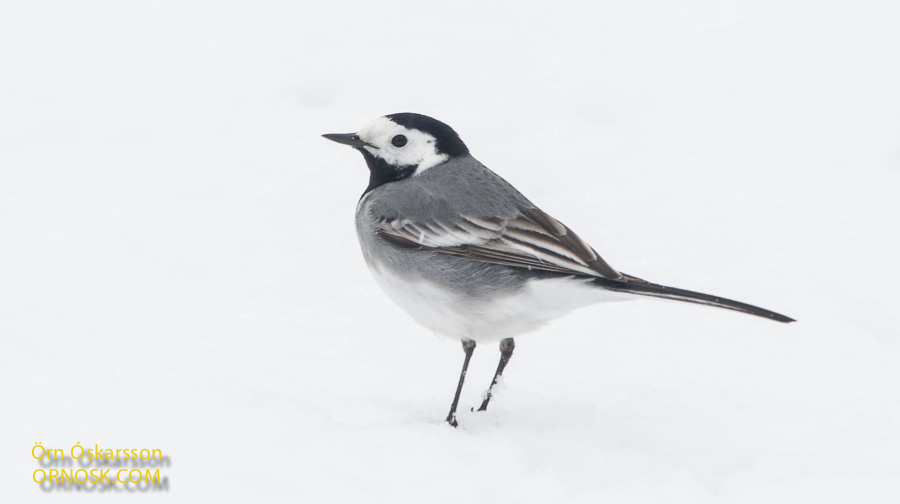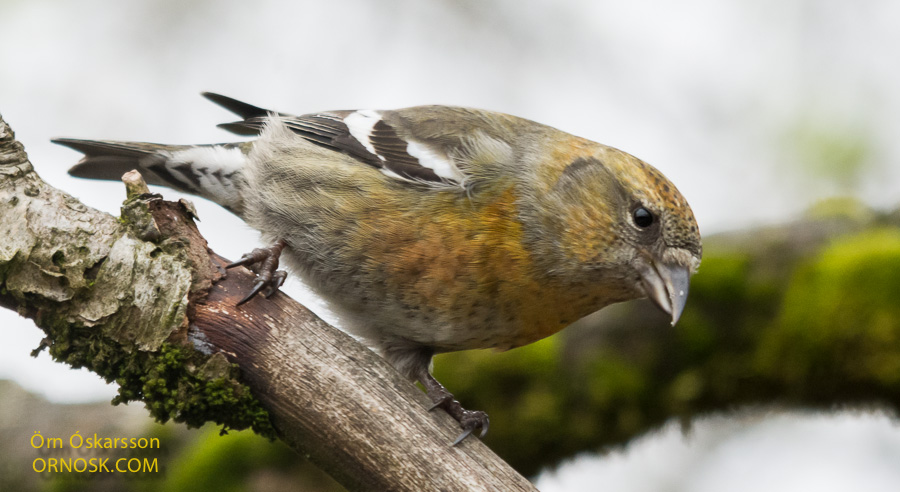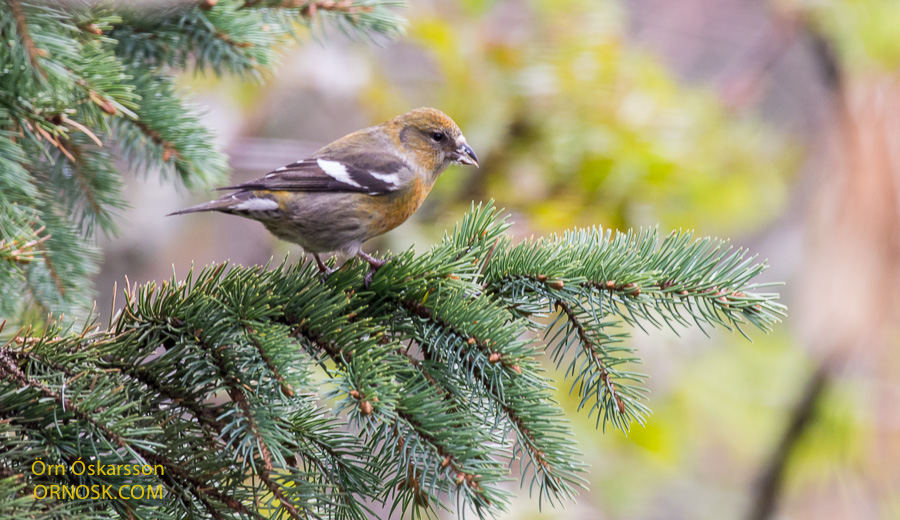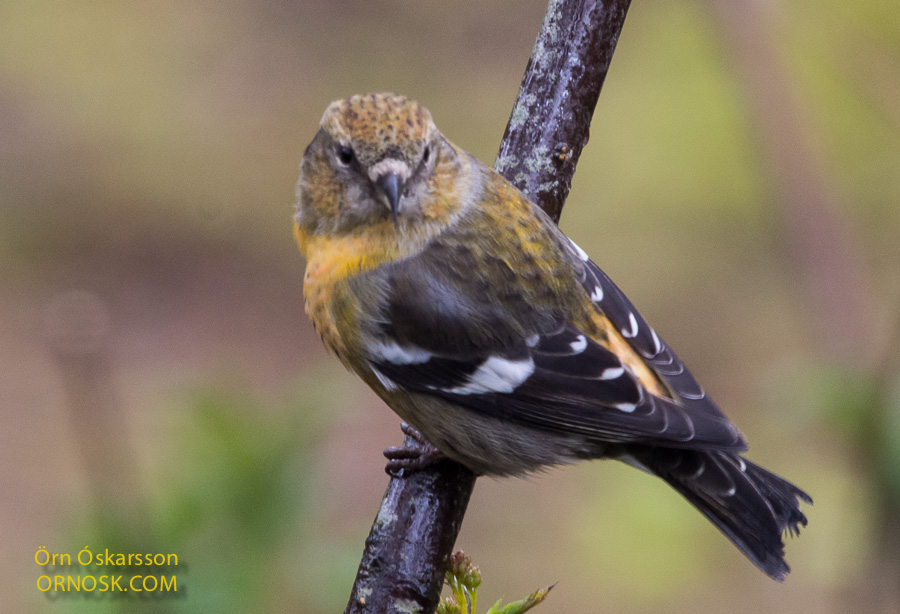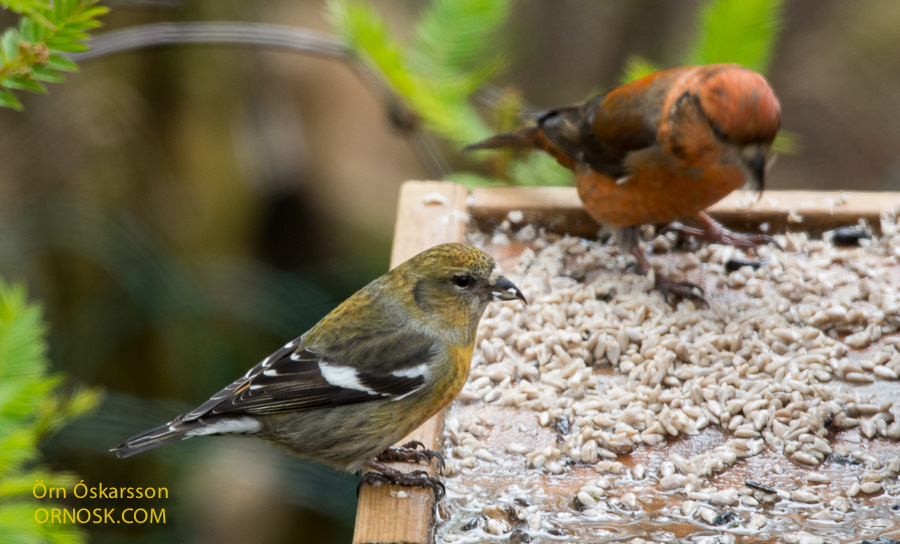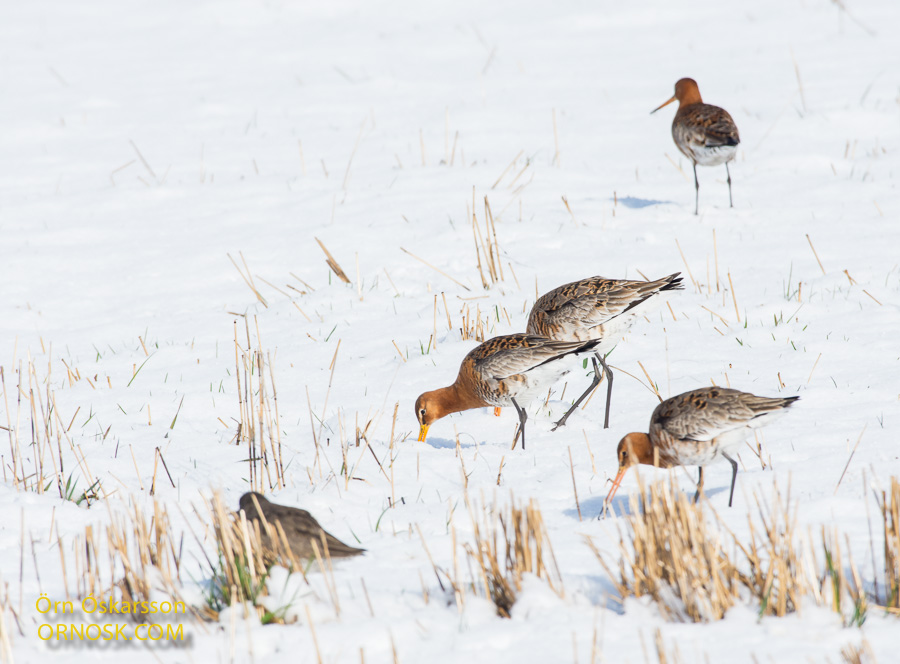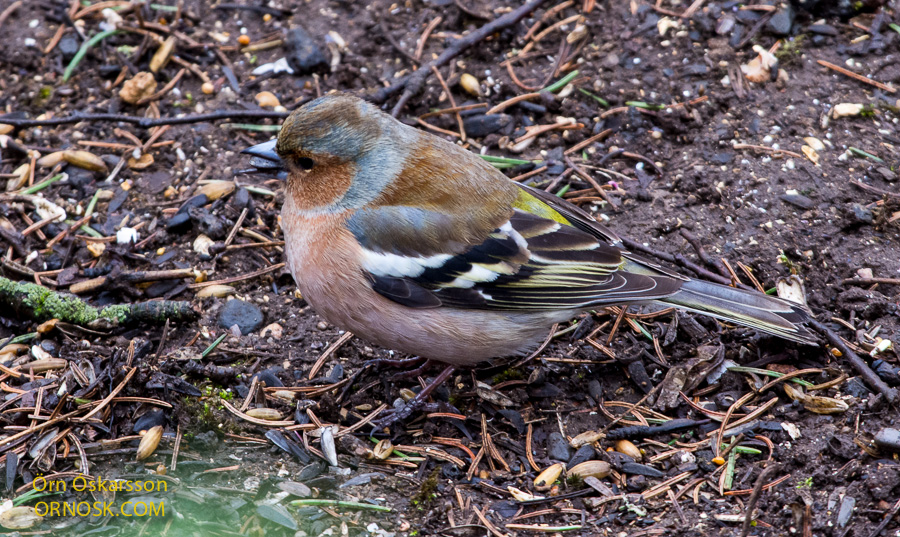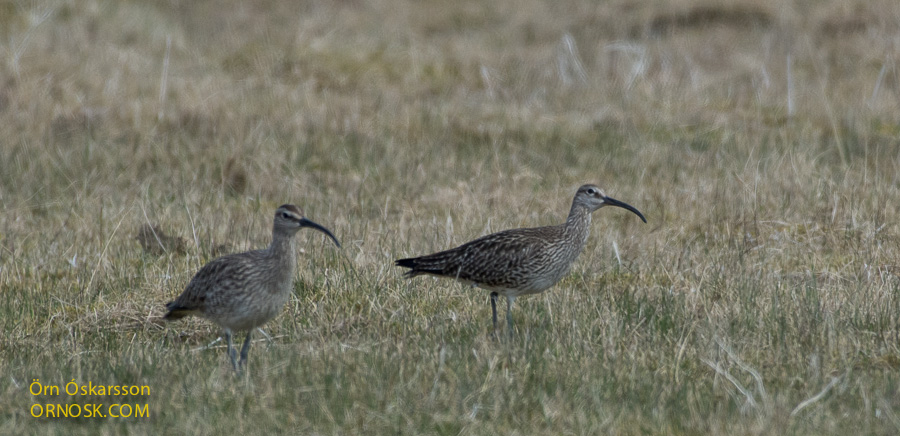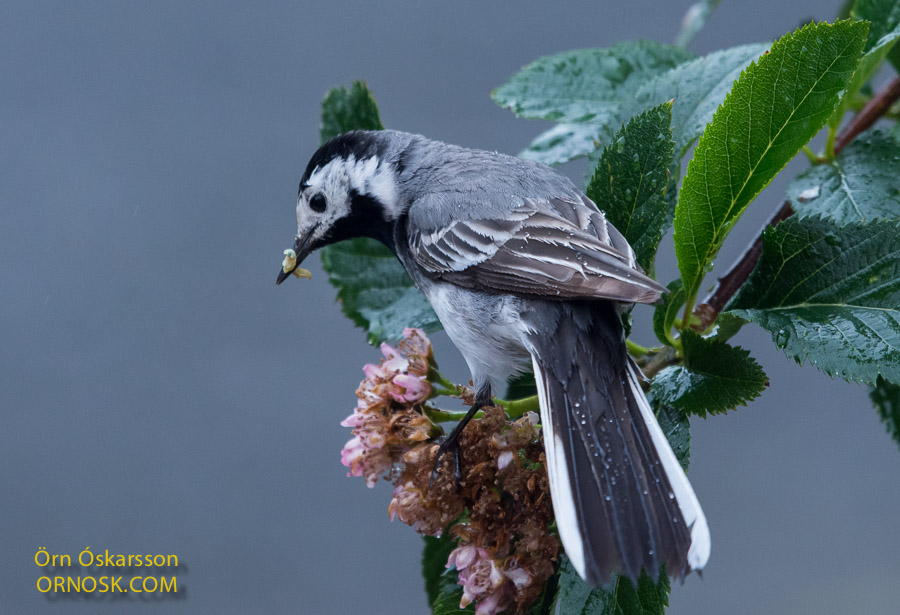
Year after year the same White Wagtail pair breed in our garden, – at least we like to think so. Being migrants they come for the summer and by now they have bred and their offsprings chase them around the garden. The young ones whine for food, or just attention. It is interesting to observe their agile flying skills to catch insects, spiders and the like. They even grab the occasional seed from the feeders.
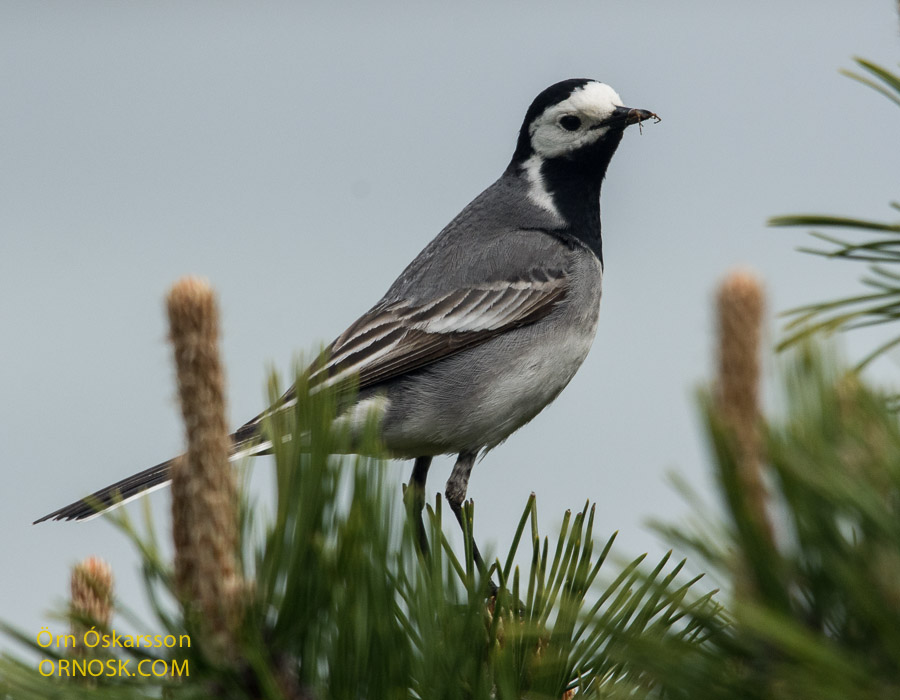
The White Wagtail’s winter grounds are in West Africa and most arrive back in Iceland in the end of April or beginning of May. The Icelandic breeding population counts around 50,000 pairs.


